As you know, the raw material of metal domes (or named snap domes) is stainless steel. (Sometimes the phosphor bronze are used, but much seldom). The quality of material will affect the quality of finished metal domes, so we must be much careful in purchasing stainless steel. Now let’s take a brief glance at the information about stainless steel, hope it’ll be useful for you to understand it and helpful in others. You are also welcomed to provie the supplements about it. Leave your response or send us an email.
1) What is stainless steel?
“Stainless” is a term coined early in the development of these steels for cutlery pplications. It was adopted as a generic name for these steels and now covers a wide range of steel types and grades for corrosion or oxidation resistant applications.
Stainless steels are iron alloys with a minimum of 10.5% chromium. Other alloying lements are added to enhance their structure and properties such as formability, strength and cryogenic toughness. These include metals such as:
• Nickel
• Molybdenum
• Titanium
• Copper
Non-metal additions are also made, the main ones being:
• Carbon
• Nitrogen
The main requirement for stainless steels is that they should be corrosion resistant for a specified application or environment. The selection of a particular “type” and “grade” of stainless steel must initially meet the corrosion resistance requirements. Additional mechanical or physical properties may also need to be considered to achieve the overall service performance requirements.
2) Why is stainless steel “stainless”?
The corrosion resistance of stainless steel arises from a “passive”, chromium-rich, oxide film that forms naturally on the surface of the steel. Although extremely thin at 1-5 nanometres (i.e. 1-5 x 10-9 metres) thick, this protective film is strongly adherent, and chemically stable (i.e. passive) under conditions which provide sufficient oxygen to the surface.
The key to the durability of the corrosion resistance of stainless steels is that if the film is damaged it will normally self repair (provided there is sufficient oxygen available). In contrast to other steel types which suffer from “general” corrosion where large areas of the surface are affected, stainless steels in the “passive state”, are normally resistant to this form of attack.
Stainless steels cannot be considered “indestructible”, however. The passive state can be broken down under certain conditions and corrosion can result. This is why it is important to select carefully the appropriate grade for a particular application.
3) Corrosion and oxidation resistance of stainless steels
In general the corrosion and oxidation resistance of stainless steels improves as the chromium content increases. The addition of nickel to create the austenitic stainless steel grades strengthens the oxide film and raises their performance in more aggressive conditions. The addition of molybdenum to either the ferritic or austenitic stainless steels improves their pitting corrosion resistance.
The austenitic stainless steels are resistant to the wide range of rural and industrial atmospheres encountered in the P.R.C and around the wordk, resulting in extensive use in architectural, structural, and street furniture applications. Their resistance to attack by acids, alkalis and other chemicals, has led to a wide use in the chemical and process plant industries.
The ferritic stainless steels are used in the more mildly corrosive environments, being often used in trim work and somewhat less demanding applications. Martensitic stainless steels have similar corrosion resistance to the ferritic types, whilst that of the precipitation hardening stainless steels is claimed to be similar to the 304 (1.4301) austenitic type stainless steel.
Duplex stainless steels are alloys designed to have improved localised corrosion resistance, specifically to stress corrosion cracking, crevice and pitting corrosion. Corrosion attacks at the surface of a material. It is important therefore to ensure that the surface finish is suitable and that the surface is clean and uncontaminated (particularly from non-stainless steel contact). This enables the “inherent” corrosion resistance conferred by the additions of chromium, nickel, molybdenum etc. to be fully exploited.
 (to be continued … )



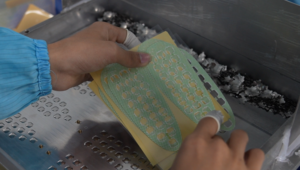
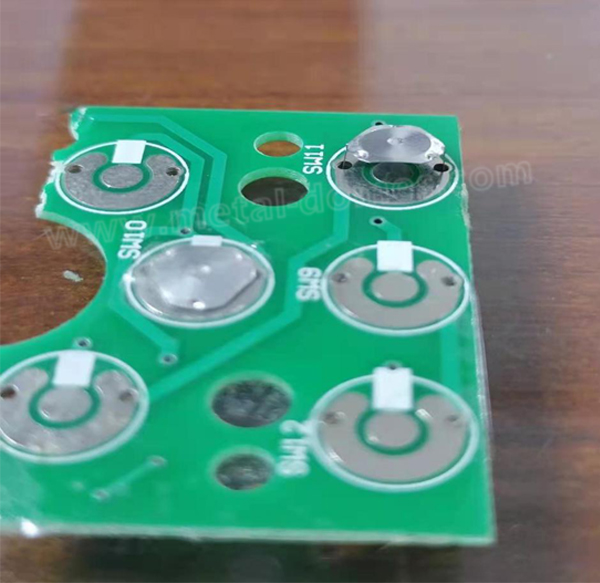
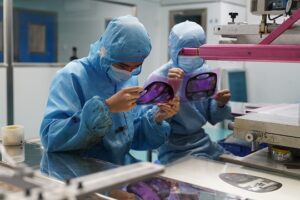

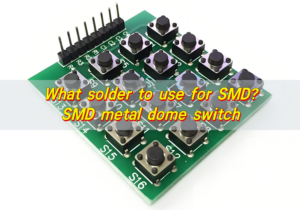
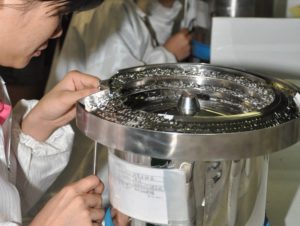


Pingback: Metal-Dome
Pingback: Metal-Dome » Blog Archive » Why People Like to Use Metal Domes in Extreme Way
Pingback: Metal-Dome » Blog Archive » Metal Domes Technology and Parameters
Dear Sir,
We are dealer in ferrous and non-ferrous raw-materials such as Stainless steel, Aluminium, Brass, Copper, Aluminuim bronze and etc, in all sizes, shapes and qualities. We are also manufacturer of stainless-steel pipe fittings such as couplings, nutt-bolt, flanges, nipple, tee, long and short stubend, reducer and etc.
Head Office:-*******
Hi Amit,
Thanks for your message. But please don’t leave your contact information here, as well as AD info. If we need it, we’ll contact you.
Hi all!
As newly registered user i only want to say hello to everyone else who uses this forum 😎
We welcome everybody to register and discuss about metal dome and metal dome array.
Pingback: ???????